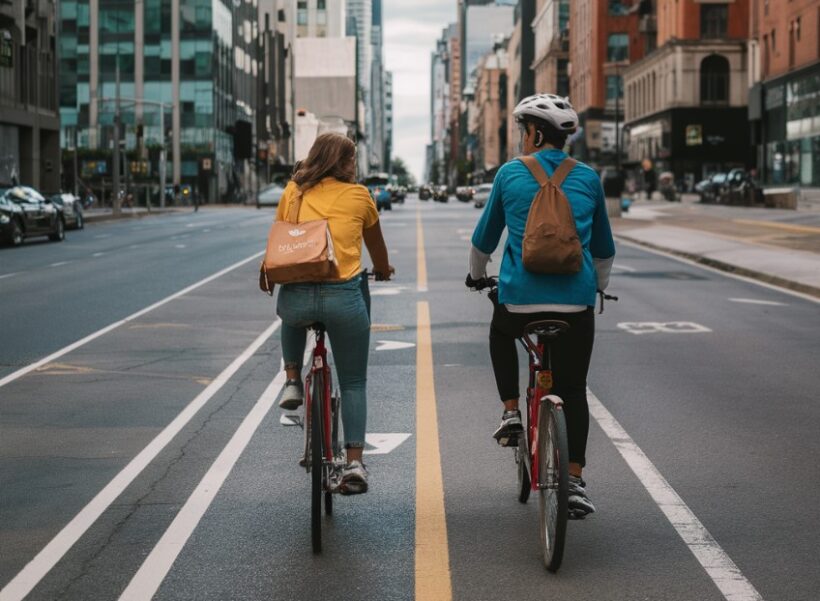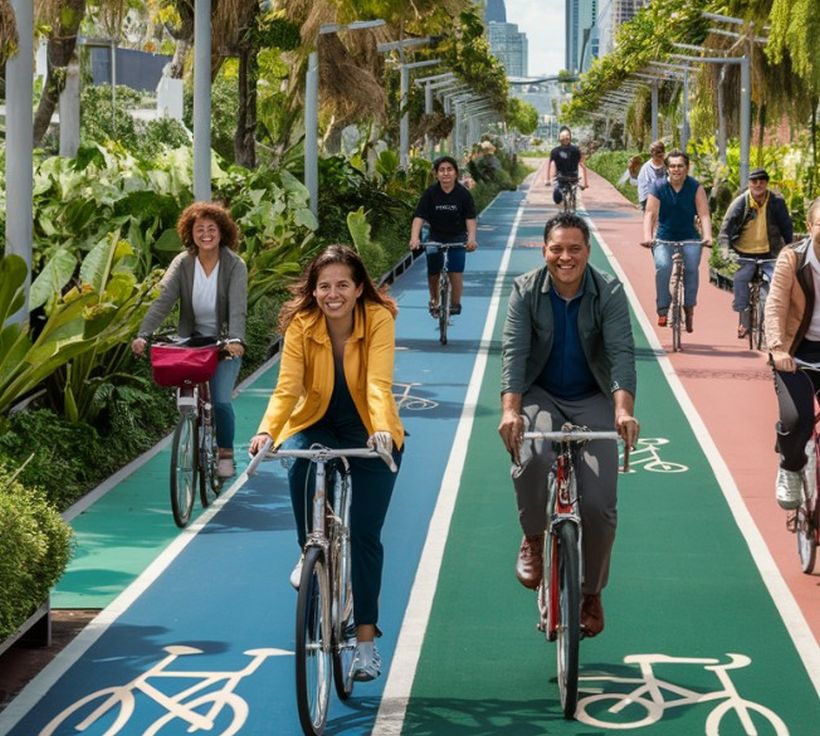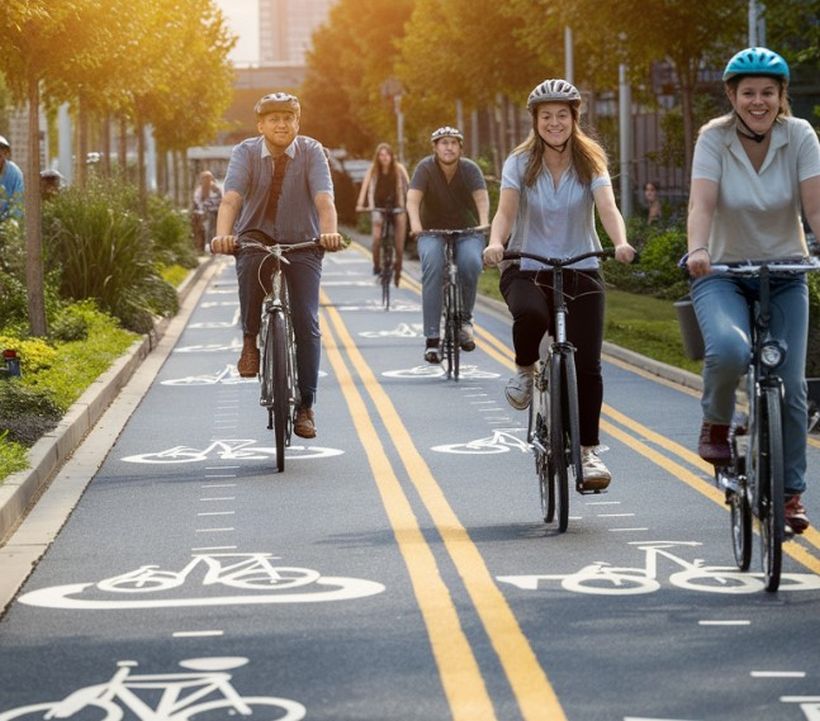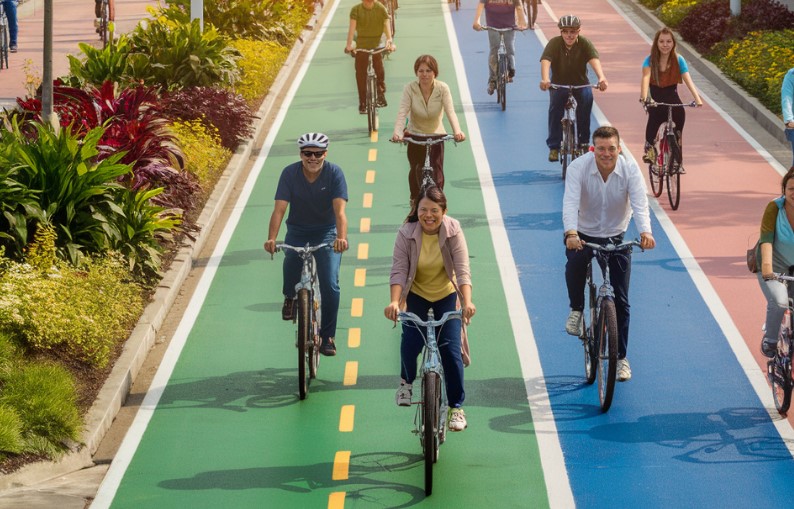Let’s face it: drivers are not the biggest fans of people on bikes. In fact, for some drivers, seeing a cyclist going relatively slow right in front of them is a road-rage-inducing experience – veins popping out of foreheads and all. What is strange is that those same motorists in the next breath complain about cyclists having dedicated lanes to travel on because it “makes the road smaller” or “ruins my commute” or whatever other reason these drivers can come up with. While some drivers may not like the fact that cycling lanes are now standard in many cities, they are here to stay – and they are actually a pretty good idea.
Dedicated bike lanes bring many advantages, including a reduction in pollution, smoother traffic flow, and even potential economic benefits. However, there are, of course, downsides, such as a higher likelihood that a car hits someone riding a bike, an unfortunate situation that a New York City car accident lawyer may be able to help with.
Why Bike Lanes are a Good Thing for New York City
Dedicated bike lanes have become very common in many cities across the United States. While many people – especially drivers who may have overslept and are in a big hurry – are not fans of bike lanes, they actually can have many positive effects on a city, including
Fewer Accidents
Cars, sadly, hit cyclists all the time, and when this happens, the cyclists are often very badly hurt. People on bikes are basically pedestrians in that the only protection they probably have is a helmet and some knee pads. Neither of those things is designed to withstand getting hit by a car. Cyclists can suffer traumatic brain injuries, broken bones, and a bevy of other nasty injuries when cars hit them. Injured cyclists may be left with no recourse but to hire a New York City car accident lawyer and sue. The installation of dedicated cycling lanes gives people riding bikes a safe area from cars, buses, and trucks. As a result, as long as cyclists and motorists stay in their lanes, the incidence of car-on-bike accidents should go down.
Environmental Impact
It’s been known for quite a while at this point that pollution from cars is a significant factor that contributes to climate change and environmental disruption. Many efforts have been made to have motor vehicles emit less harmful gasses and generally be more efficient. However, the best way to reduce emissions is simply to have fewer cars on the road. Bike lanes give people an alternative transportation option that doesn’t contribute to pollution.
In addition to climate change benefits, highly polluted air can make a city unhealthier to live in. Increasing air quality by having fewer cars on the road benefits everyone in NYC – not just cyclists.
Avoid and Decrease Traffic
As shocking as it may seem, there is only a finite amount of people in New York City. Most of those people take the subway or find alternate means of transportation because the traffic is really, really, monumentally bad. It is nearly impossible to get anywhere in a timely fashion while in a car. Subways and trolleys provide convenient and expedient transportation, but they are expensive and can require monthly or annual fees. Bikes are free, fast, and easy to obtain, and they can get you where you are going without the hassle of traffic or the hubbub of being on the subway or trolley.
Economic Benefits
Some evidence suggests that adding cycling lanes on retail-focused streets can have some economic benefits. A recent study showed that the installation of bike lanes increased the sale of food and retail goods in the surrounding area and increased employment in those services.
Health Benefits
Biking is a great way to get aerobic exercise in and burn calories. Moreover, cycling can decrease the risk of health complications like high blood pressure or heart problems. When bike lanes are installed, people who are less likely to bike may give it a go – and get healthier in the process.
Integration with Public Transportation Systems
Dedicated bike lanes can enhance the efficiency of public transportation systems by providing a seamless link for commuters. For instance, strategically placing bike lanes near subway and bus stations can facilitate quick, easy, and safe transfers, encouraging more people to opt for biking over driving. This integration not only boosts the use of public transport but also reduces the overall demand for car travel, further alleviating traffic congestion. Exploring the potential for bike-share programs could offer insights into how cities can effectively manage transportation hubs and biking infrastructure to create a more interconnected urban mobility landscape.
Community and Social Equity
The expansion of bike lanes can significantly contribute to social equity by providing low-cost, accessible transportation options for all city residents. By improving bike infrastructure, cities can ensure that underserved communities gain better access to essential services and employment opportunities, thereby reducing economic disparities. Additionally, bike lanes can promote a more vibrant and engaged community by fostering a sense of connectivity and accessibility. Discussing how bike lanes contribute to the social fabric of the city could offer a broader perspective on their value beyond mere transportation or health benefits.
Downsides of Bike Lanes in New York City
Of course, it would be silly to talk about bike lanes – or really anything for that matter – as if it is a perfect cure-all for all the world’s problems. True, bike lanes do come with some downsides. For example, adding bike lanes cuts down on parking space, which can be an issue for drivers and impacts whether they shop at a store, go into the office, or do various other things. Additionally, there is some fleeting, anecdotal evidence that bike lanes may encourage cyclists to disregard important rules of the road – rules that they really should be following. This could lead to accidents where a motorist hits and seriously hurts a cyclist, at which point the best course of action is to contact an attorney.
Last Words
While there are some downsides to bike lanes, the benefits are significantly greater, and the installation of more bike lanes in NYC will, on balance, be a good thing for the city.




